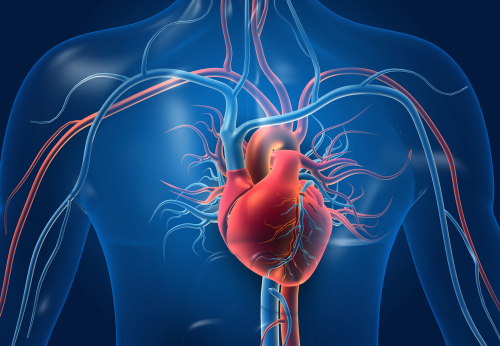Vascular Services
We offer:
vascular services
peripheral vascular studies
comprehensive vascular screenings
What is it Vascular Disease?
There are 100,000 miles of blood vessels in the adult human body. Any problem along this vast network of blood vessels, the vascular system, can cause severe pain, disability and death.Vascular disease is any abnormal condition of the blood vessels (arteries and veins). The body uses blood vessels to circulate blood through itself.
Vascular diseases outside the heart can "present" anywhere.
ARCH BRANCHES
Arch Branches supply blood to the brain through the carotid arteries when diseased frequently cause life threatening strokes.
ILIAC ARTERIES
Iliac Arteries supply blood to the hips and the legs and, when diseased develop blockages (claudication), cause leg pain with walking often in both legs.
RENAL ARTERIES
Renal Arteries supply blood to the kidneys and, when diseased, can cause high blood pressure and eventually, kidney failure.
FEMORAL ARTERIES
Femoral Arteries supply blood to the legs. If they become diseased, it may cause claudication, usually in the calf muscles. This lack of circulation can lead to continuous pain in the toes and foot, and may progress to critical limb ischemia (CLI).
Who is at Risk?
Everyone is at risk for vascular disease. With the increase in obesity and Type II diabetes in Americans and as the population ages, vascular diseases are becoming epidemic. PAD alone affects 8.5 million people. It can occur in anyone at any time; affecting men and women equally. Atherosclerosis can begin in adolescence.Vascular disease commonly occurs at sites of turbulent blood flow, such as when the blood flow in the arteries changes direction abruptly. The arteries below are the most common areas of turbulence.
Diagnosis
It can be difficult to make a vascular disease diagnosis since there are a variety of symptoms that a person can have, also family history and a physical examination are important.The physical exam may be different depending on the type of vascular disease.
In the case of a peripheral vascular disease the physical exam consists in checking the blood flow in the legs.
When a physician suspects a patient has a vascular disease, the diagnosis needs to be confirmed through vascular testing.
Non-invasive testing is performed by a vascular technologist/sonographer.
Different tests evaluate blood flow, perfusion (how efficiently the blood reaches tiny capillaries in organs and tissues), and the pressure within blood vessels both at rest and during exercise.
Vascular tests are used to detect the presence, severity, and general location of arterial disease.
Most vascular tests are non-invasive and can be performed in the non-invasive vascular laboratory.
Some testing requires placement of a catheter into a large artery in the leg with the injection of contrast (dye) and with x-ray viewing.
For a physician referral, please visit our Find A Doctor page on this website.

